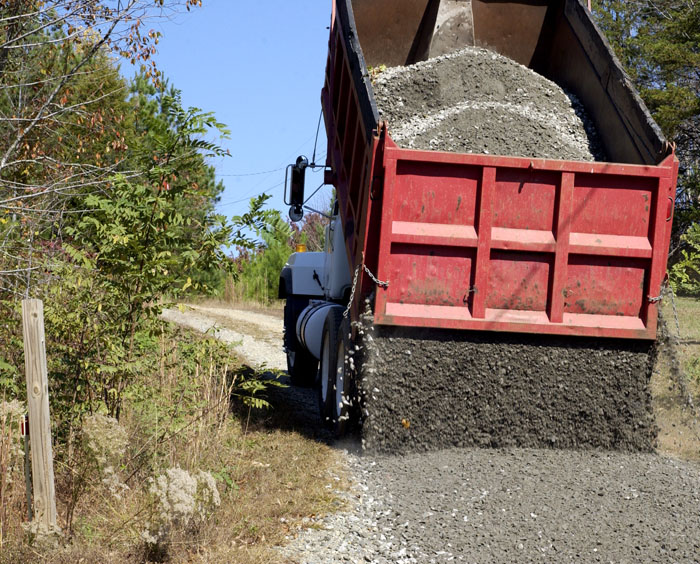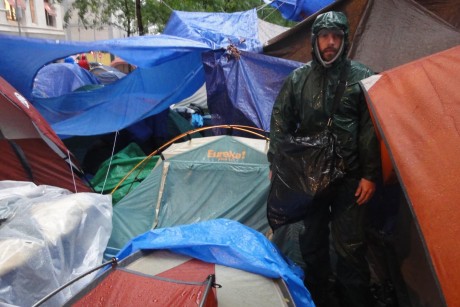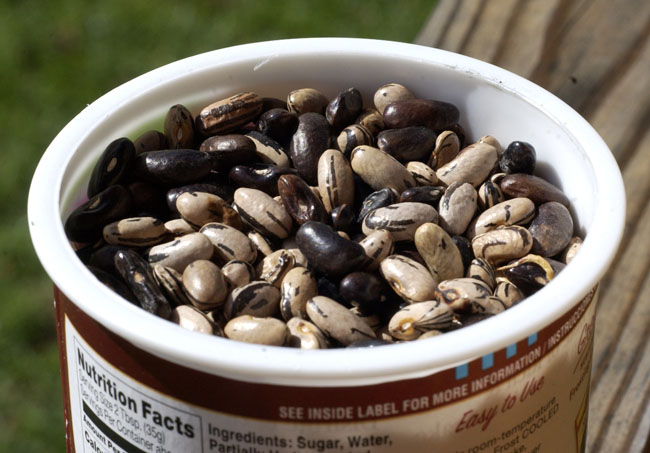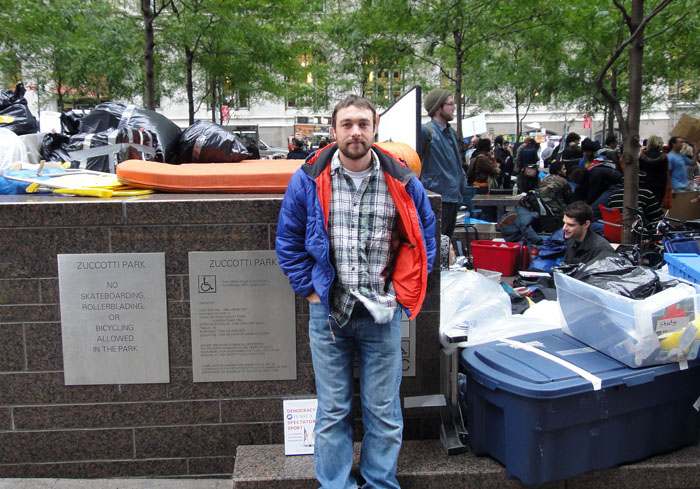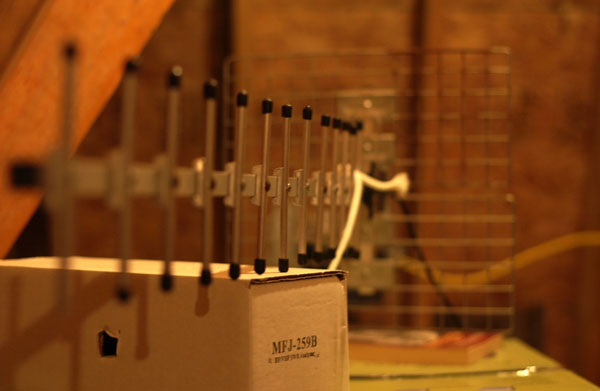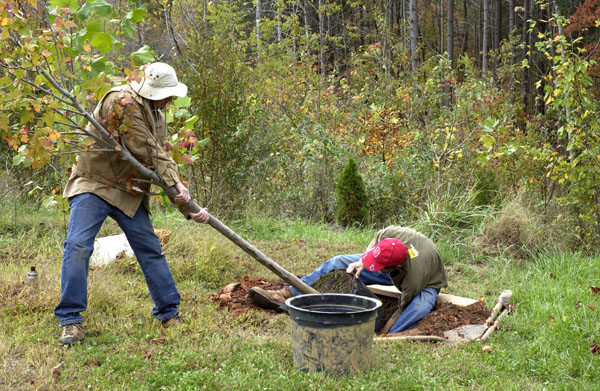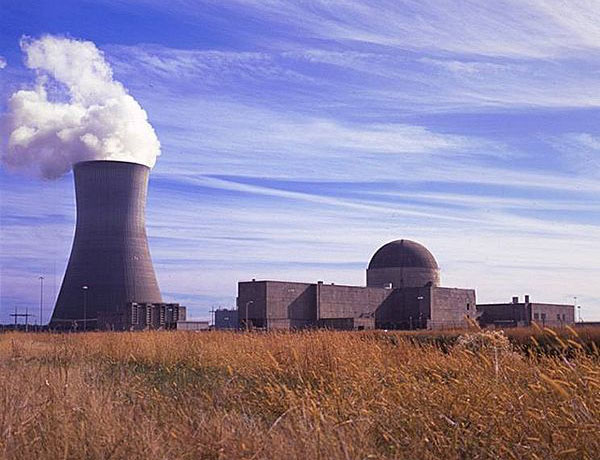
The Shearon Harris nuclear plant near Raleigh, North Carolina. It was partly financed with taxpayer debt.
When taxpayer money becomes entangled with private, for-profit ventures, there is one thing you can always be sure of: Profits will be privatized, and costs will be socialized. This $3.7 billion boondoggle is a provincial North Carolina tale, but there are lessons in it for everyone, no matter where you live.
First of all, put on your thinking cap and read this lazy-ass dispatch from an Associated Press Raleigh reporter that appeared in today’s lazy-ass Raleigh News and Observer:
NC lawmakers look at steep power bills, city debt
Keep in mind that I spent my career in the newspaper business, with time in the provinces as well as the big city. This story has all the features of lazy-ass reporting by lazy-ass third-string reporters in lazy-ass backwaters of the MSM such as the Associated Press Raleigh bureau.
You’ve got your obligatory lazy-ass anecdotal “lead” with an emotional hook which is supposed to bring the story home to the reader: This poor woman has a $450 power bill!
You get to the gist of story in paragraph 5: Certain North Carolina towns owe billions in debt, and it seems to have something to do with electricity. What’s going on here?
Then you get the propagandized explanation from sources with undisclosed conflicts of interest. The question of how it came to pass that a bunch of North Carolina towns still owe $3.7 billion in debt for something having to do with electricity is largely left unanswered, except to make the propaganda point that it all had to do with government regulation (what else?) and unforeseeable events such as lower coal prices:
“Things went awry. The Three Mile Island nuclear disaster in Pennsylvania led to new nuclear plant requirements and cost overruns. CP&L’s Shearon Harris plant in Wake County – the eastern agency took a 16 percent share in the plant – ended up costing $3.9 billion, or twice the original estimate. Declining fossil fuel prices and declining inflation exacerbated the risks of the strategy, leading to more borrowing. The debt peaked at $6.5 billion.”
What really happened?
Back in the 1970s, North Carolina power companies wanted to build new generators, including the Shearon Harris nuclear plant. But interest rates were high back then. The country had just been through an energy shortage. There had been lines at gas pumps. Well-off people had installed tanks at home to hoard gasoline. Power company executives had a brilliant idea. The cheapest way to borrow money was with municipal debt. How might private power companies use municipal debt to build power plants? Politicians were happy to cooperate, and 51 towns in North Carolina fell for the plan. The towns would issue 30-year bonds for which the towns’ taxpayers were responsible, and in exchange the towns would be able to count on getting lots of cheap electricity, because they’d be part-owners of the power plants.
This was around 30 years ago, so those old bonds should be paid off by now. But during the 1980s and later, when interest rates were lower, the bonds were refinanced at lower interest rates. The old bonds were retired, and new 30-year bonds were issued. The new bonds won’t be paid off until 2026. The towns did not use all the new bond money to pay off the old bonds. Instead, the towns spent the money on all sorts of other things, including — you guessed it — lower tax rates. Does it sound familiar? Spend borrowed money and let the good times roll!
The Associated Press piece says that debt peaked at $6.5 billion. I assume that figure is accurate. But the Shearon Harris plant’s total cost was $3.9 billion. I know that these cities made other “investments” in power plants, but so far I’ve been unable to figure out where $6.5 billion went. Perhaps some of the $6.5 billion was interest accrued on the original borrowings. I don’t know.
And now, of course, the $3.7 billion in remaining debt greatly exceeds the value of the towns’ investments in power plants. Paying off the bonds is pushing up electric rates in the towns, and the high electric rates have become a drag on economic growth, because businesses move to places with lower rates. The good times are not rolling anymore — unless a bailout can be arranged.
Now North Carolina’s Republican legislature is pondering what to do about this. The proposals all come down to the same thing — making everyone in North Carolina pay for the bonds. It could be done directly, by just shifting responsibility for the bonds to North Carolina taxpayers. Or it could be done indirectly, by making the power companies responsible for the bonds and letting the power companies pay off the bonds with rate increases. If I bet on the outcome, I’d bet on a plan that gives the power companies full ownership of the plants while making all the state’s taxpayers pay for the bonds.
And here’s the lazy-ass reporter’s last paragraph, a quote from the mayor of New Bern:
“We’re not asking for a bailout here,” Bettis said. “We’re asking for a level playing field.”
So this is not only a case study in a public-private boondoggle, it’s also a case study in how lazy-ass newspapers and their lazy-ass reporters help to deceive the many for the benefit of the few.
This boondoggle and this bailout will be like every other boondoggle and bailout after you cut through the propaganda and disguised agendas: The good times roll, for a while, for the few; this leads to a “crisis”; and the many get stuck with the bill.



